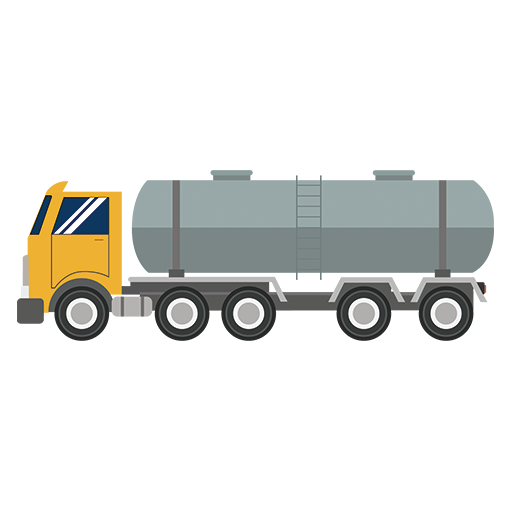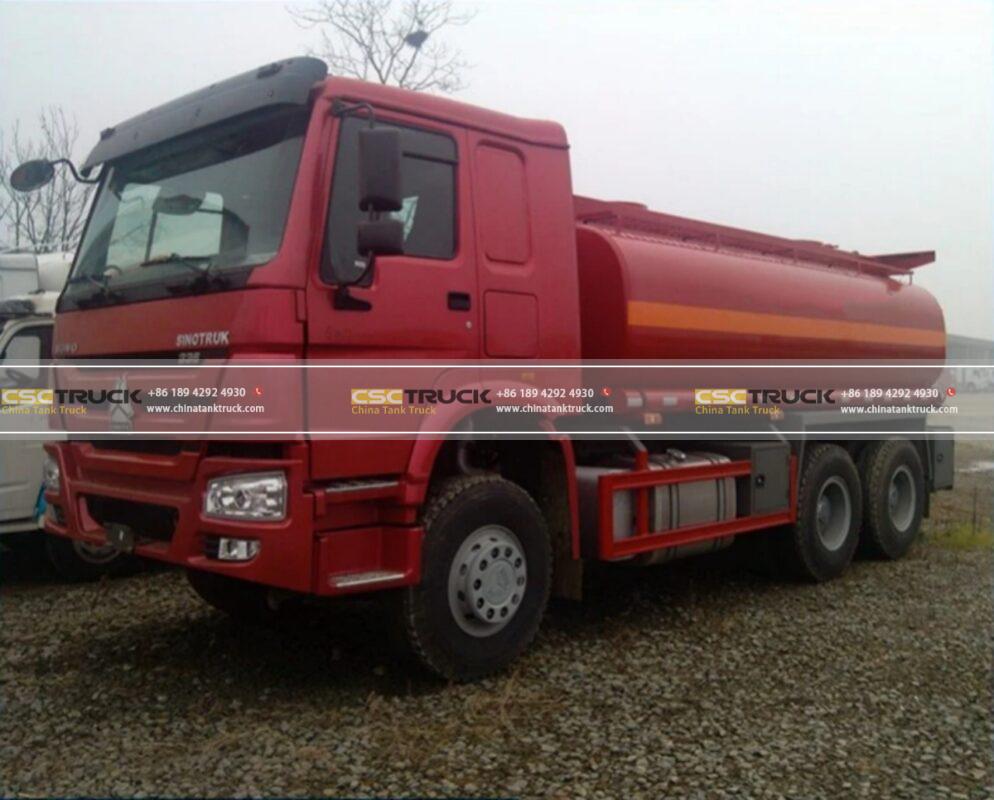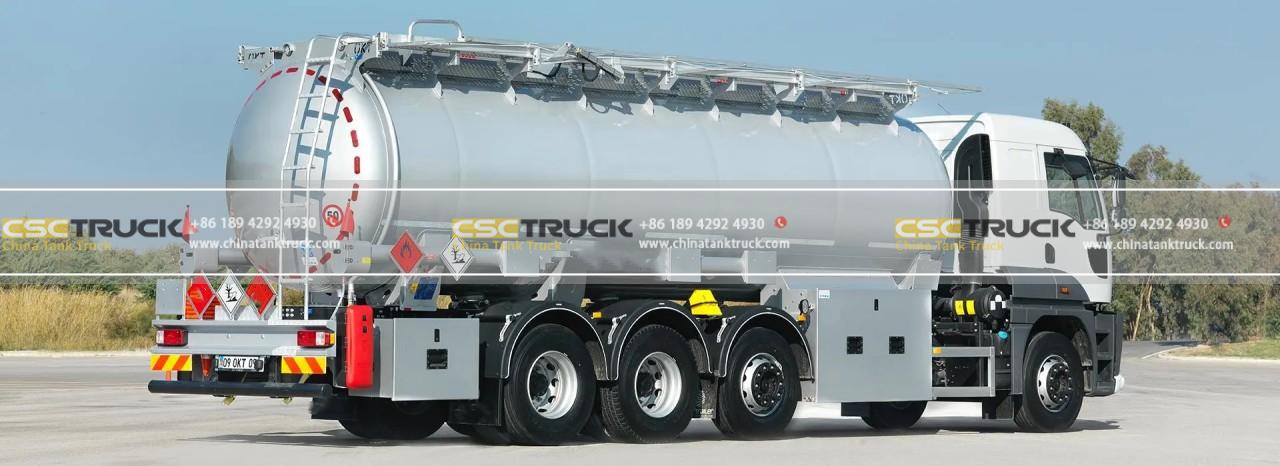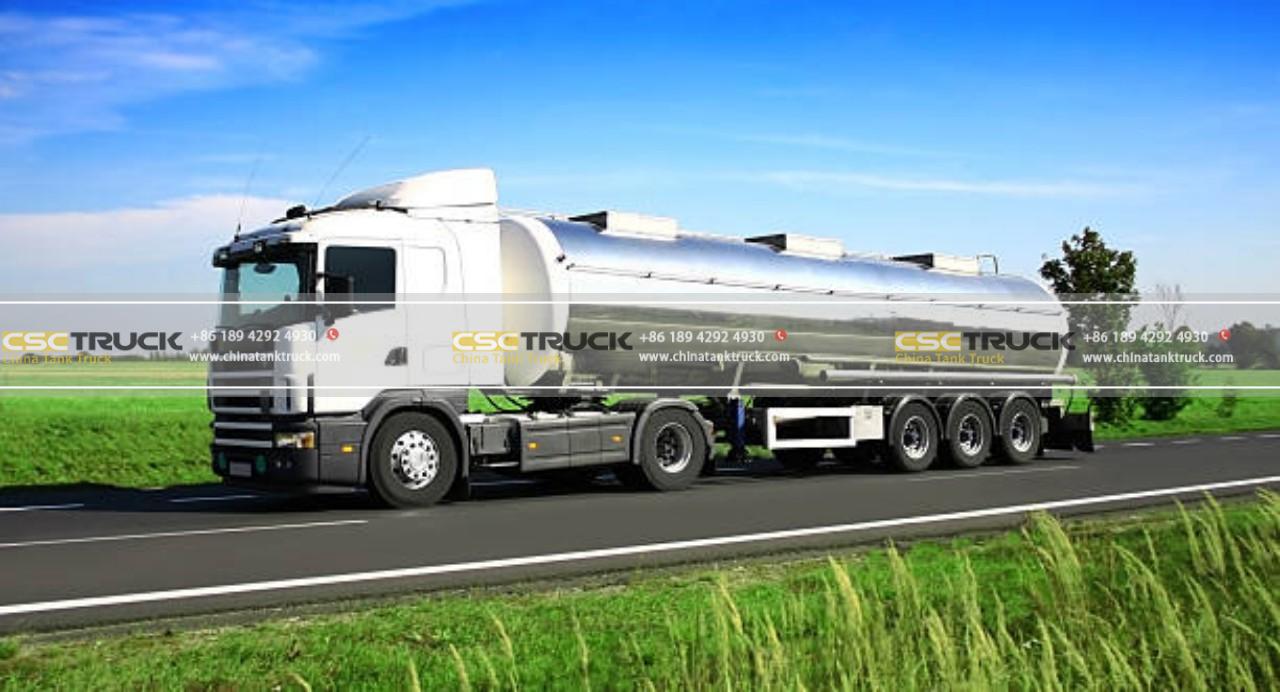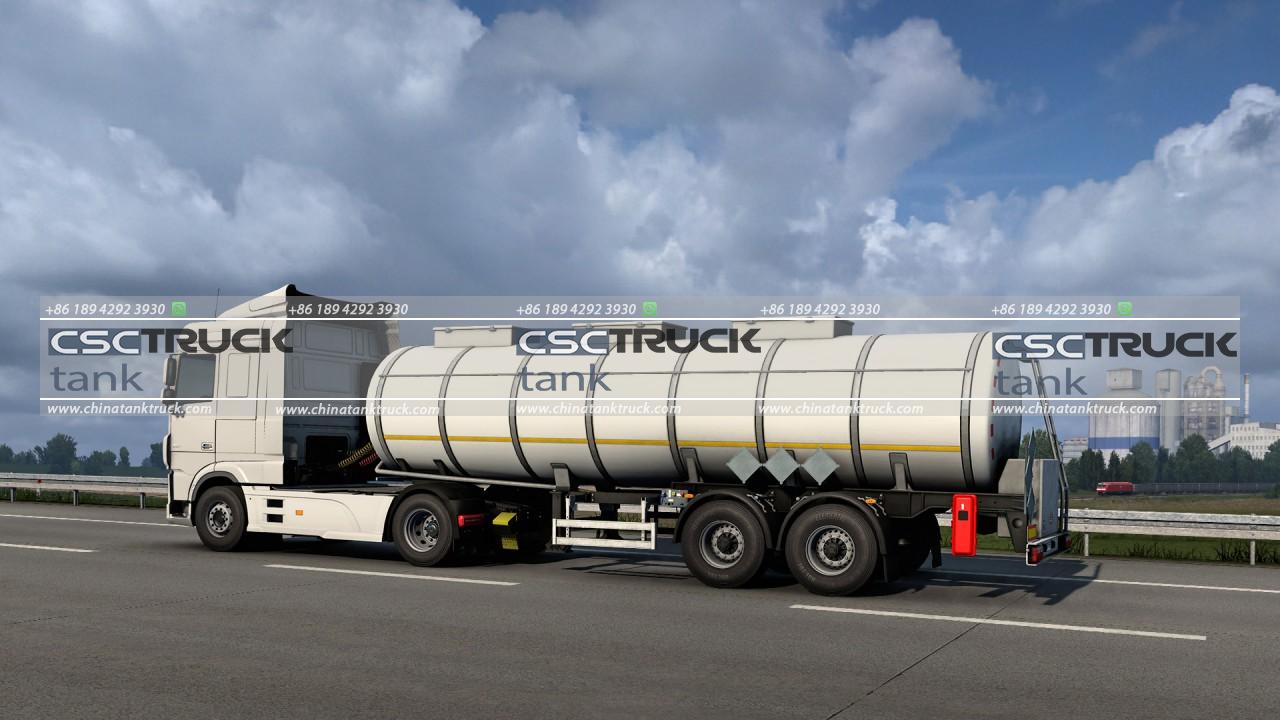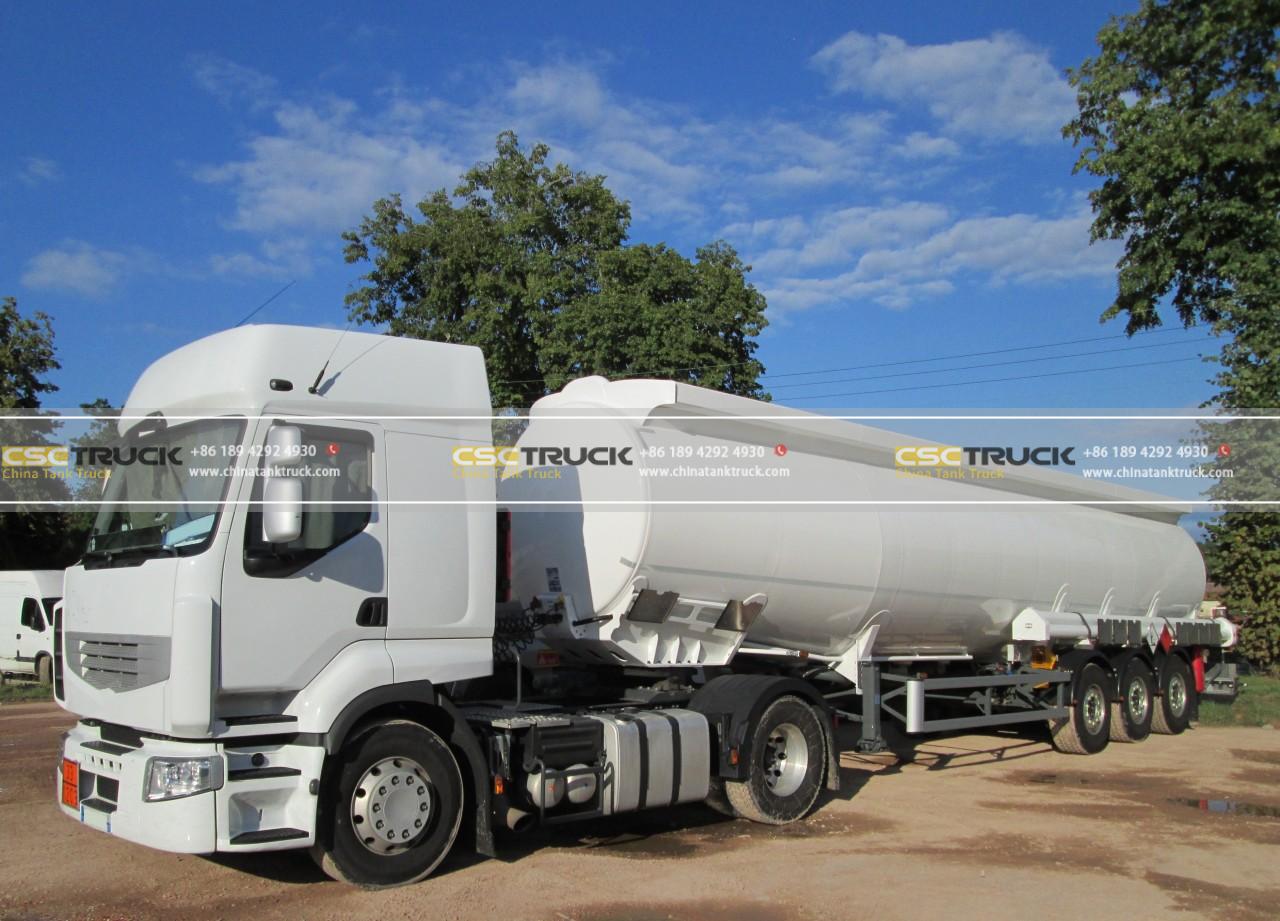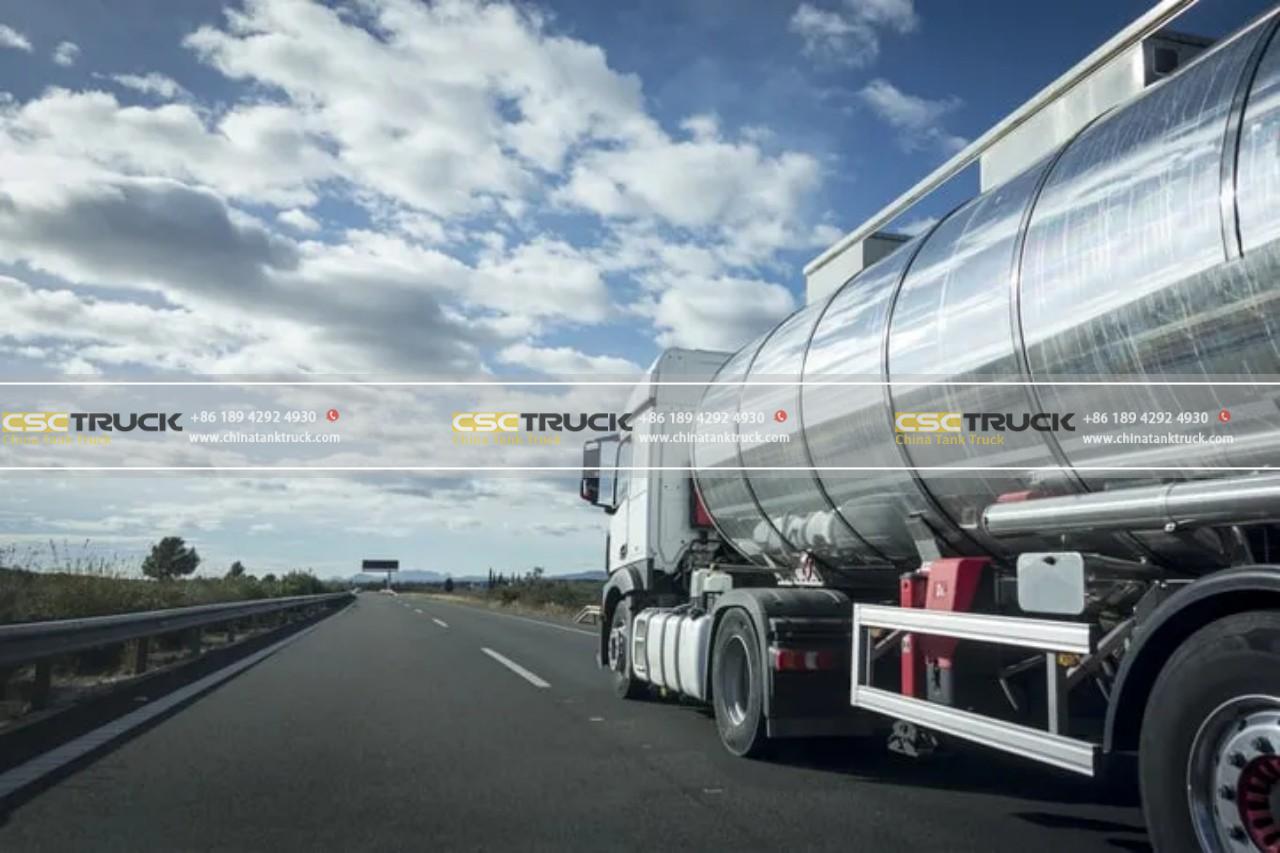In the intricate web of modern commerce, the safe transportation of hazardous chemicals stands as a paramount concern. Chemical tank trucks serve as the lifeline of this operation, ferrying volatile substances across vast distances with the promise of security. However, this crucial task demands meticulous attention to detail, stringent safety protocols, and state-of-the-art technology to mitigate risks effectively. In the realm of secure chemical tank trucks, the assurance of safe handling and transport reigns supreme.
Ensuring Safety at Every Step
From loading to delivery, every stage in the journey of hazardous chemicals demands a meticulous approach to safety. Before loading, rigorous checks and inspections are conducted to ensure the integrity of the tank truck and the compatibility of the container with the substance it will carry. These checks include examining the tank for leaks, assessing its structural integrity, and verifying that it meets all regulatory standards.
Moreover, the loading process itself requires precision and expertise. Proper handling techniques, including the use of specialized equipment and personal protective gear, are essential to prevent spills, leaks, or exposure to harmful fumes. Furthermore, the compatibility of the chemical with the tank material must be thoroughly assessed to prevent corrosion or contamination during transport.
Advanced Technology for Enhanced Security
In the realm of secure chemical transportation, technology plays a pivotal role in enhancing safety measures. Advanced monitoring systems, such as onboard sensors and real-time tracking devices, provide invaluable insights into the condition of the cargo and the performance of the tank truck during transit. These systems enable early detection of potential issues, such as leaks or deviations from designated routes, allowing for prompt intervention to mitigate risks.
Furthermore, innovations in material science have led to the development of high-strength, corrosion-resistant materials for tank construction. These materials not only enhance the structural integrity of the tank but also ensure the compatibility of the container with a wide range of hazardous chemicals, minimizing the risk of leaks or contamination.
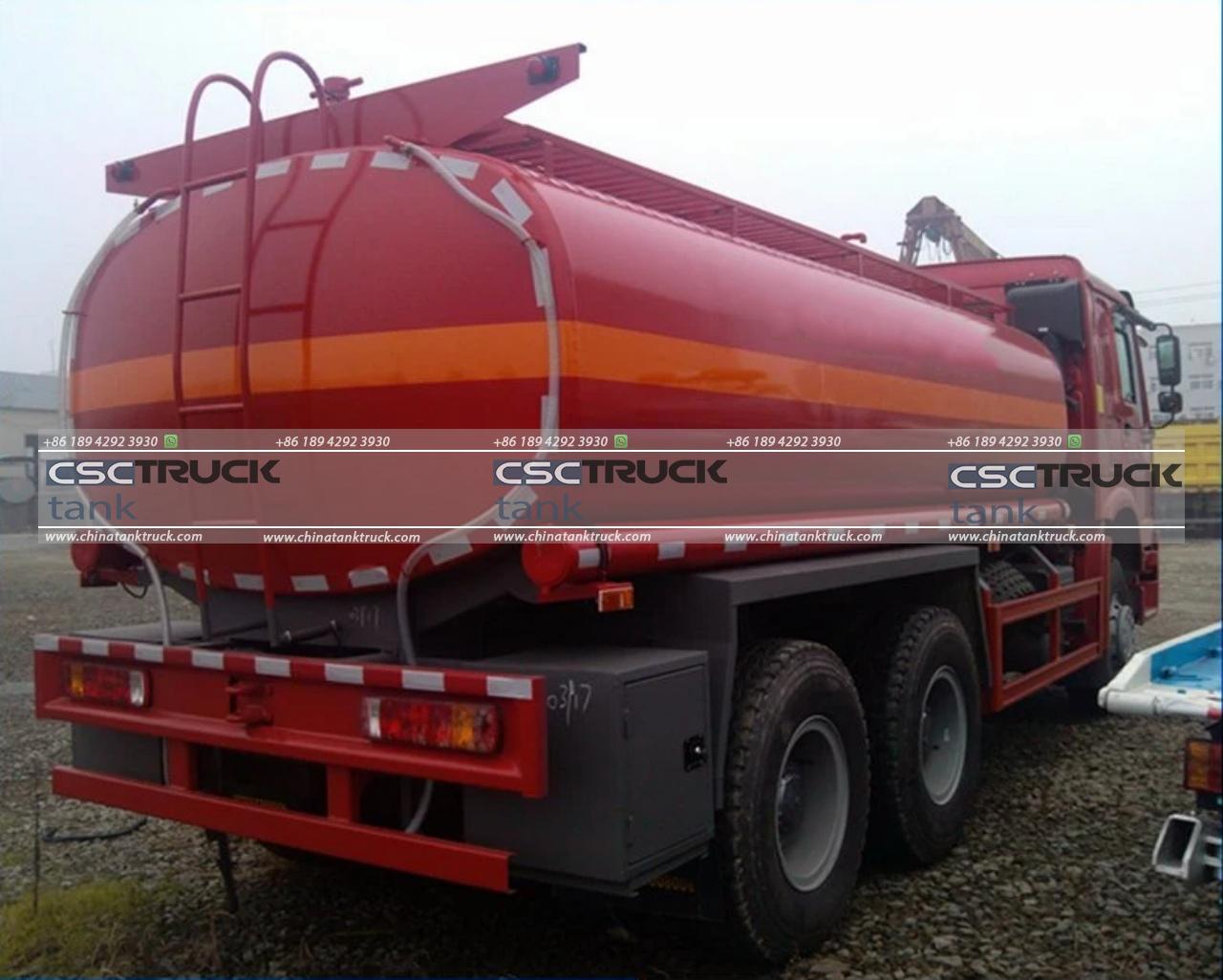
Regulatory Compliance: Upholding Standards of Safety
The safe handling and transport of hazardous chemicals are governed by a comprehensive framework of regulations and standards. Regulatory bodies such as the Department of Transportation (DOT) in the United States and the European Chemicals Agency (ECHA) in the European Union impose stringent requirements on tank truck operators to ensure compliance with safety protocols.
These regulations encompass various aspects of chemical transportation, including vehicle design, maintenance procedures, driver training, and emergency response protocols. Adherence to these standards is not only a legal obligation but also a moral imperative, as it safeguards not only the environment and public health but also the integrity of the supply chain.
Training and Education: Empowering Operators for Success
Central to the endeavor of secure chemical transportation is the training and education of personnel involved in the process. Tank truck operators undergo rigorous training programs to familiarize themselves with the intricacies of handling hazardous chemicals safely. This training encompasses a wide range of topics, including chemical properties, emergency response procedures, and defensive driving techniques.
Moreover, ongoing education and professional development are essential to ensure that operators remain abreast of the latest advancements in safety technology and regulatory requirements. Continuous training programs enable operators to refine their skills, enhance their situational awareness, and adapt to evolving challenges in the field of chemical transportation.
Collaboration and Communication: Building a Culture of Safety
The successful transport of hazardous chemicals relies not only on individual expertise but also on effective collaboration and communication among all stakeholders involved in the process. From shippers and carriers to regulatory agencies and emergency responders, every party plays a vital role in ensuring the safe and secure delivery of chemical cargo.
Clear and open communication channels facilitate the exchange of critical information, enabling swift coordination in the event of emergencies or unforeseen challenges. Moreover, fostering a culture of safety consciousness among all personnel involved promotes a collective commitment to upholding the highest standards of safety and professionalism in the industry.
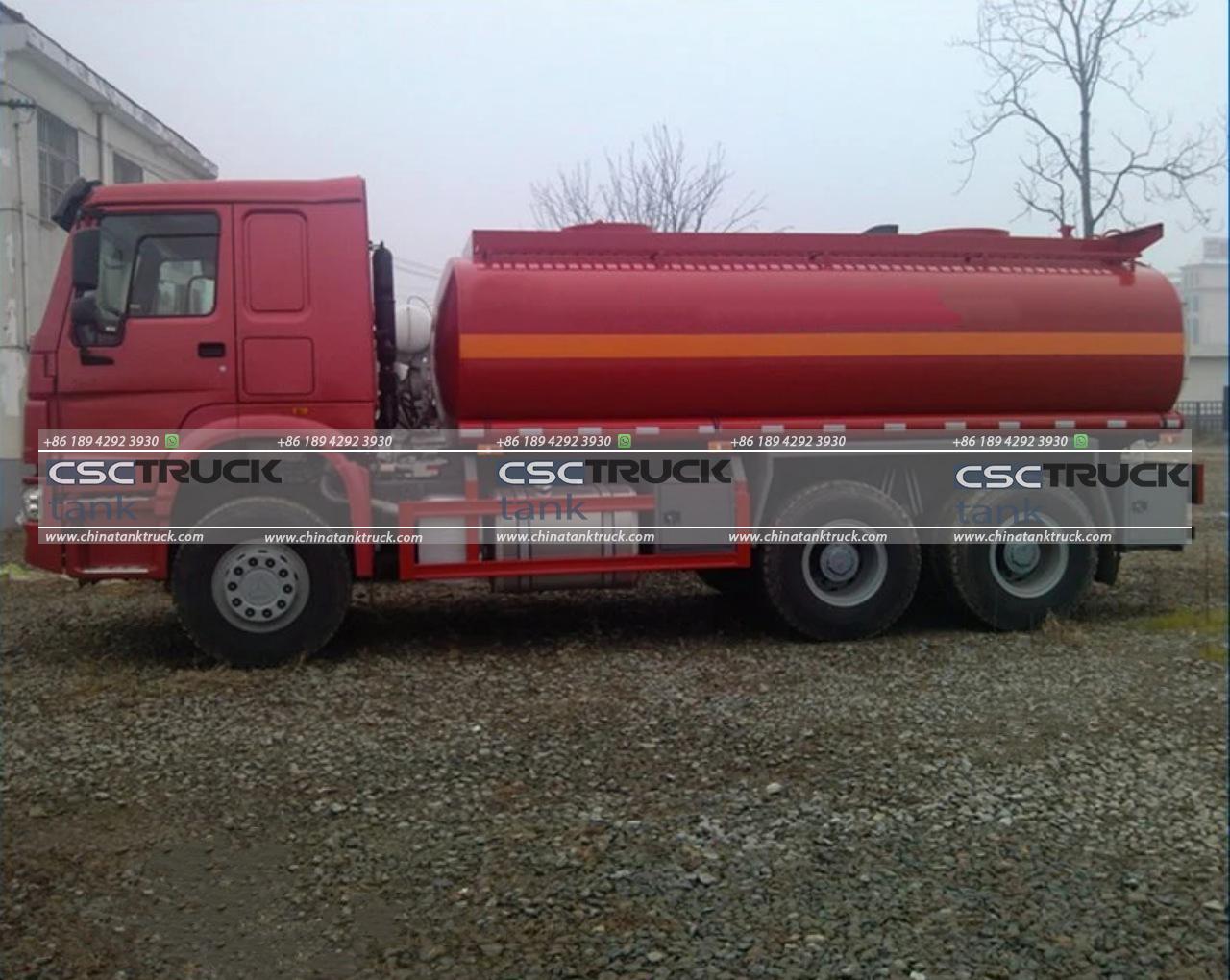
Conclusion: Safeguarding the Future of Chemical Transportation
In the intricate tapestry of modern commerce, the secure transport of hazardous chemicals stands as a cornerstone of global trade and industry. Chemical tank trucks serve as the guardians of this vital operation, tasked with the solemn duty of ensuring the safe and secure delivery of volatile substances to their destinations.
Through a combination of meticulous planning, advanced technology, regulatory compliance, and ongoing education, the industry strives to mitigate risks and uphold the highest standards of safety at every step of the journey. By fostering a culture of collaboration and communication among all stakeholders, we can safeguard the future of chemical transportation and ensure the continued prosperity and well-being of society for generations to come.

